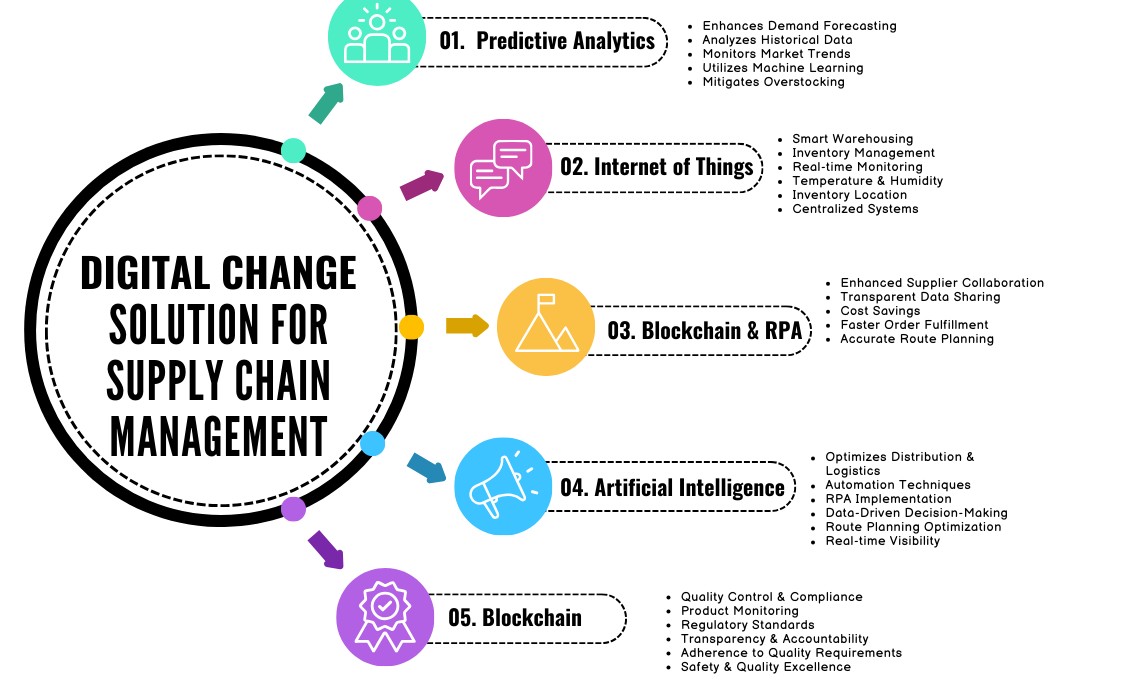The Rise of Digital Sourcing Platforms and AI-Powered Agent Services
Global supply chains have undergone a digital evolution. The once manual and opaque process of product sourcing is now enhanced by platforms driven by artificial intelligence and real-time data. For companies seeking efficiency, transparency, and scale, the digital sourcing revolution is no longer optional—it’s foundational.
As geopolitical shifts and demand fluctuations reshape manufacturing strategies, businesses increasingly rely on tech-enabled tools to navigate supplier discovery, quality control, logistics, and negotiation. This transformation isn’t just about software; it’s about smarter human oversight powered by automation.
Digital Sourcing Platforms: From Matchmaking to Management
Modern sourcing platforms such as Alibaba, Global Sources, and Tradeling do more than introduce suppliers to global buyers. They provide detailed product specs, certification data, and buyer feedback systems. Features like in-platform messaging, dispute resolution, and financing integrations help build early trust between stakeholders.
However, these tools often lack the in-country operational support needed to ensure delivery, quality, and compliance. A bestsourcing agent can complement digital platforms by physically inspecting factories, verifying certifications, and negotiating face-to-face.
Platforms such as Sourcify and Jiga go a step further. They offer end-to-end project management, from prototype development to final delivery. These cloud-based services track product lifecycle stages, consolidate factory quotes, and integrate with project collaboration tools.
Despite their advantages, digital platforms still face limitations when handling production issues or managing cultural nuances. For this reason, brands working with a bestsourcing agent Asia gain a real-world advantage by bridging the digital-physical gap.
The AI Shift: Smarter Data, Faster Decisions
AI integration in sourcing is enabling faster decisions, more accurate supplier matches, and better risk assessment. Machine learning models predict supplier reliability, flag inconsistencies in quotes, and analyze patterns in lead times and defect rates. This data informs buyers in ways that traditional methods cannot.
AI-powered sourcing engines can cross-reference supplier certifications with customs records and social compliance audits. These tools reduce the time spent verifying data manually and mitigate sourcing risks early in the procurement cycle.
Still, algorithms cannot replace local experience or industry intuition. A bestsourcing agent brings context to AI-generated recommendations by validating insights against on-the-ground realities, such as local holidays, political disruptions, or regional raw material shortages.
Enhanced Communication and Workflow Automation
Platforms are increasingly automating common sourcing tasks such as quote comparisons, sample requests, and shipment tracking. Communication is streamlined with multilingual chat systems and integrated messaging tools.
With global teams and time zone differences, asynchronous communication through digital dashboards ensures updates are centralized. Workflow tools like Monday.com, Slack integrations, or even ERP-based sourcing modules offer clarity across departments.
These tools perform best when paired with professionals who ensure that supplier instructions are interpreted correctly. A bestsourcing agent Asia helps maintain communication accuracy, especially when nuanced discussions about materials, tolerances, or compliance arise.
Benefits of AI-Powered Agent Services
Some sourcing agents are now using AI themselves. Predictive analytics allows agents to forecast delays based on historical shipping data. AI chatbots offer instant updates on order status. Natural language processing tools translate technical documents, contracts, and compliance checklists.
This evolution makes agent services more proactive. Buyers no longer need to wait for email updates—they can receive predictive alerts about cost fluctuations or supply bottlenecks. AI also enhances fraud detection by flagging suspicious payment patterns or supplier changes.
Even with this technology, the agent’s human role remains vital. Local agents act as quality control supervisors, sourcing strategists, and cultural liaisons. The integration of AI into agent operations simply strengthens their capacity.
Working with a bestsourcing agent who leverages AI leads to quicker decision-making, improved transparency, and fewer errors across the supply process.
The Role of Sourcing Agents in a Digital Ecosystem
Despite the rise of autonomous platforms, sourcing agents haven’t been replaced—they’ve adapted. Modern agents now function as tech-integrated partners. They interface with digital systems to validate data, update clients in real time, and translate insights into actions.
For example, while a dashboard might report that a supplier met compliance requirements, the agent confirms if standards are being maintained on-site. While AI may suggest a supplier for eco-friendly packaging, the agent ensures that sourcing aligns with client brand standards and legal frameworks.
With decades of experience across regions, a bestsourcing agent Asia is equipped to guide clients through contract negotiations, resolve language barriers, and confirm product integrity from sampling to shipment.
Future Outlook
As digital tools mature, the global sourcing model will continue blending automation with human judgment. Suppliers will be onboarded through AI-vetted platforms, but deals will be finalized through local trust networks.
The most competitive sourcing strategies will be hybrid—leveraging real-time data and AI forecasts, while also relying on experienced agents to ensure accountability and execution. This model combines speed, visibility, and resilience.
Businesses that embrace this hybrid approach will respond faster to crises, pivot quicker to new suppliers, and control costs more effectively. Whether importing textiles, electronics, or medical devices, sourcing will become more data-driven yet locally informed.
Conclusion
The sourcing industry is undergoing a technological transformation. Digital platforms and AI tools are redefining how businesses discover suppliers, manage orders, and monitor compliance. However, success depends on more than just tools.
The human element remains crucial. A bestsourcing agent equipped with AI capabilities is the ideal partner in this evolving environment. Combining on-ground presence with digital proficiency ensures sourcing remains efficient, ethical, and scalable.
Choosing a bestsourcing agent Asia is no longer just a logistical step—it’s a strategic move. Businesses that integrate smart tools with smart people will lead in the global sourcing game.

